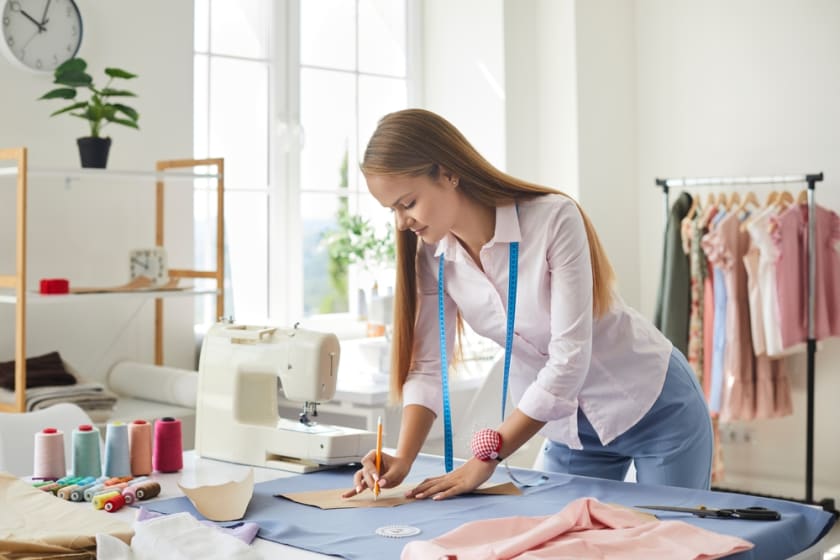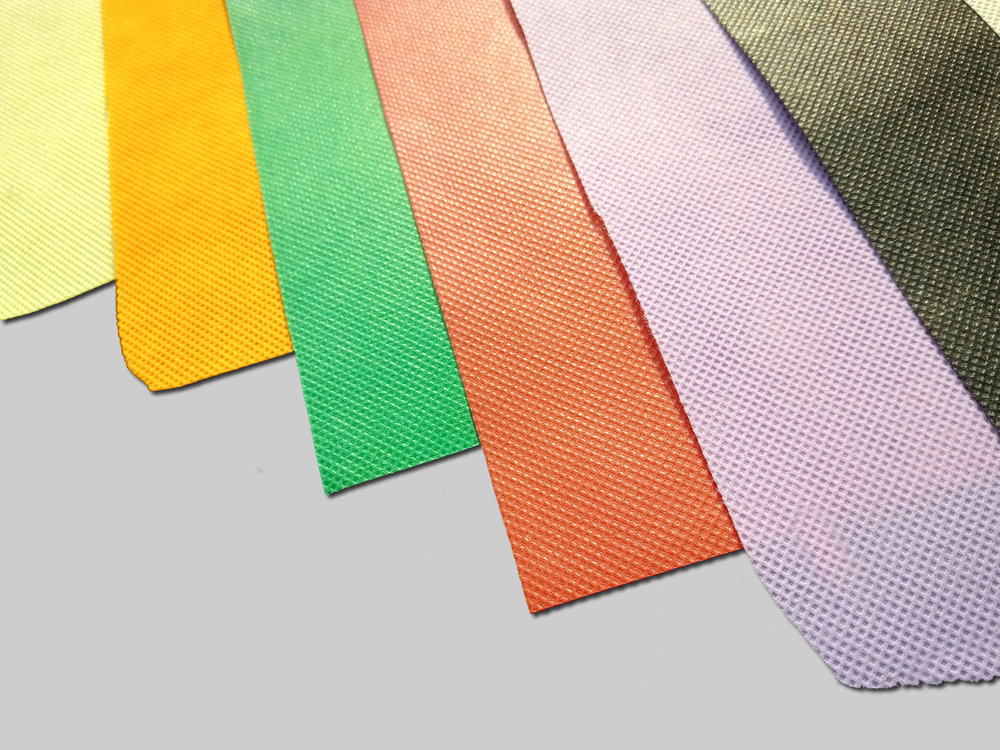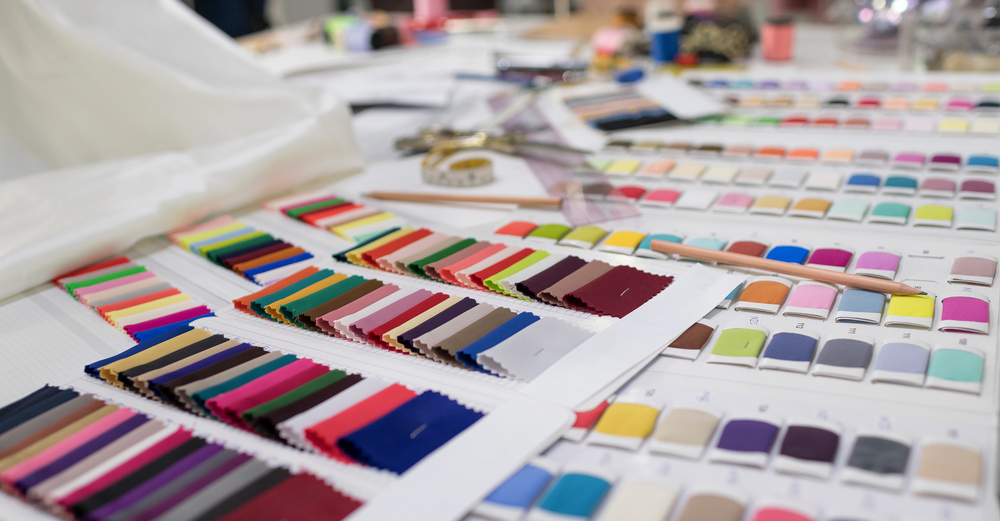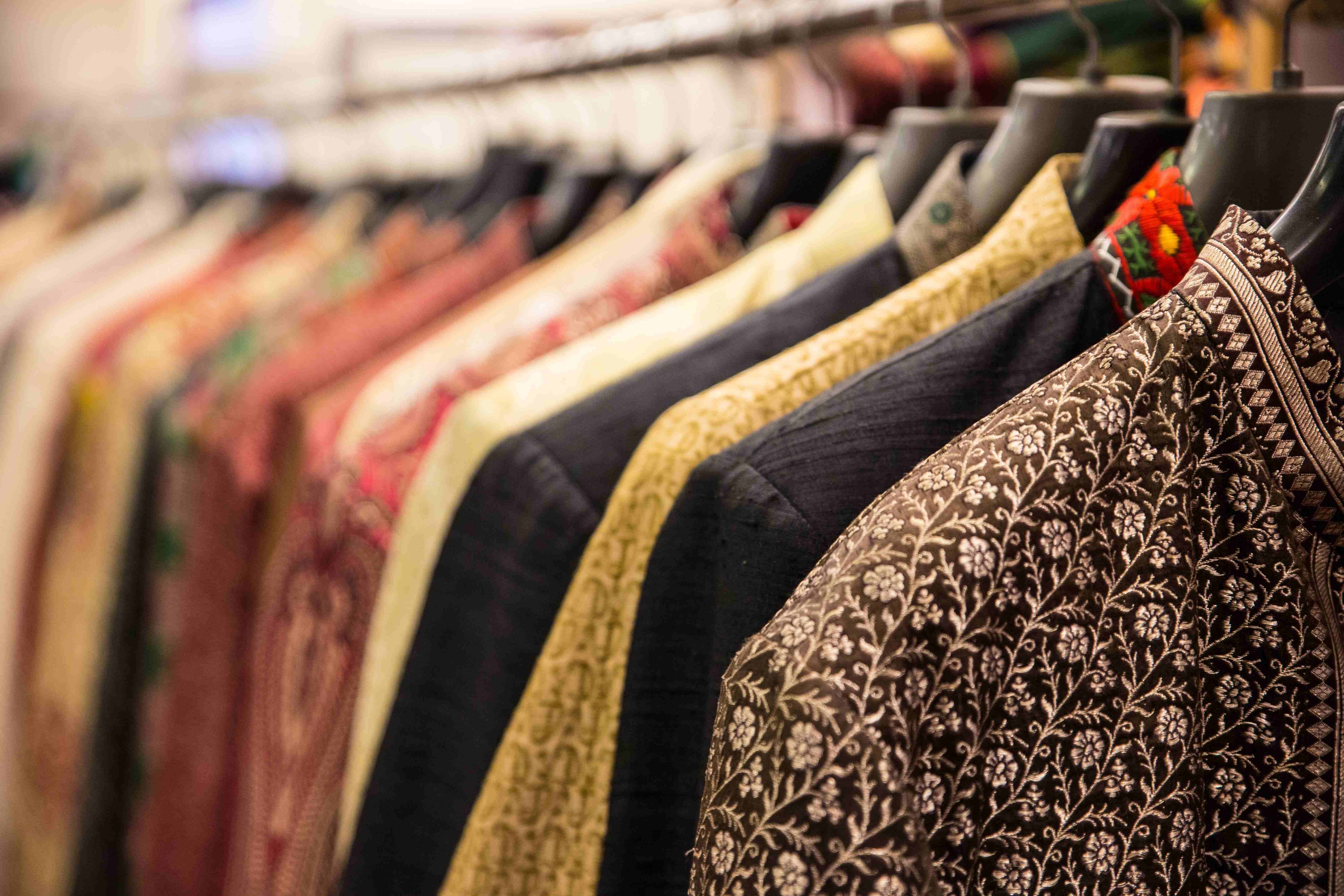All-Over Printing and Its Challenges



All-over printing is one of those types of printing that is a fresh and exciting trend in the personalization of t-shirts and apparel. It allows designers to examine the tee’s seams, hems, and zippers in a way they've never seen before.
You can see the stamp of the machine centered on one particular section of the design, suspending it in negative space when you use DTG, screen, or transfer printing. But here, the print stretches to the garment's edges, occupying all of the available space!
Is there a specific definition for all-over print?
This is a term used to describe a specific garment printing method in which every inch of the garment is printed.
All-over printing can only be detected by examining hidden seams, hems, and other design elements, such as zippers, which aren't present in more conventional garment printing methods. The t-shirt is layered on a level surface before printing. So, any parts that are not exposed to the ink, such as the hems, are unaffected.
All-over printing is traditionally done by printing on the fabric before it's sewed, which is the most efficient and traditional method. Do not mistake this for an "oversized print," though. Instead, it is mainly achieved by big screens to overcome the constraints of traditional printing methods.
When should all-over printing be considered?
In your mind's eye, does clothing have a continuous design or one that moves across the fabric infinitely? All-over printing will appear to be completely smooth if this is the case. On the other hand, when an element is designed to give the impression that it extends beyond the boundaries of its canvas, graphic designers refer to this as "bleeding."
Basically, when a graphic designer approaches a design, they take care to include bleed. Negative space extends beyond the design's intended boundaries. If you choose this type of printing, the design will have to be trimmed, and the bleed is like a safety net for the end product to appear precisely as you envisioned it.
As each printer has its idiosyncrasies and level of precision, no two are exactly alike. Designers usually have to add 2-5mm of extra room on either side of the final graphic to ensure that the final garment is completely finished. When you do this, you can avoid an unsightly white outer fringe if the image extends into the "bleed zone." The "trim zone" refers to the portion of the design that is cut to fit the intended measurements.
All-over printing allows us to put artwork on a t-shirt or garment that isn't limited to the front or back but is somewhat all over the place. It's a unique method for making solid declarations and a lasting impact.
All-over printing techniques: What's their secret to making it look effortless?

Large-scale screen printing and sublimation printing are two of the most common ways of all-over printing.
- Large-scale printing
While ordinary screen printing uses smaller screens, large-scale screen printing utilizes a gigantic screen that can cover a whole XL t-shirt's surface area! Hand or industrial "belt screen printer" machines can perform this popular method, which works with any fabric.
Large-scale screen printing has many advantages:
- It may be used on any cloth.
- It provides a high-quality finish.
- It is long-lasting.
- It is relatively quick in comparison to other methods.
Large-scale screen printing has its drawbacks, too:
- The cost of each additional color increases because each color requires a separate screen.
- This type of printing method is not economical for smaller orders.
- Sublimation printing
Sublimation printing is a computer printing method that uses heat to transfer dye onto a medium. The design is transferred to the t-shirt using a commercial heat press. The dye absorbs into the fibers for polyester and polymer-coated substrates without becoming a liquid (sublimates).
Because the dye is now a permanent part of the fabric, washing it won't remove the design. So 100% polyester, drirelease (85% polyester, 15% cotton), or 50/50 are the ideal fabrics for sublimation printing (50 percent polyester and 50 percent cotton).
- The foundation color of all t-shirts is white, and the brightest finish may be achieved with a 100% polyester t-shirt. This option will provide the most intense and robust shade of black.
- If you're looking for a darker shade of black, the drirelease option falls somewhere in the middle. Additionally, the cotton percentage lends itself to a softer, more luxurious feel than 100% polyester.
- Because it contains 50% cotton, the 50/50 variant does not produce such a crisp print but is far more comfortable than the other two.
Printing with sublimation has the following benefits:
- It is extremely durable
- It can reproduce intricate designs down to the smallest of details
- The production costs are usually the same whether you order one or many garments
- It is an environmentally friendly option because it uses so little water.
The disadvantages of sublimation printing are as follows:
- It only works with polyester t-shirts.
- It is expensive.
- It is slower than other types of printing methods.
Types of patterns to attempt with all-over printing

All-over printing offers a slew of timeless styles to choose from – whether you’re looking for some ideas for refurbishing workwear, making promotional clothing, or any other type of merchandise for your business. Because it has very few restrictions, there are almost no limits to what it can do in terms of its visual abilities.
Stripes:
There are many other ways to style stripes, including curving and zigzagging. Manufacturers can use various colors and patterns to create stripes, including zebra print and geometric shapes. Stripes will live on, even if the world ends. A vertical alignment is particularly suitable for a college student's smart casual look. Try alternating white and blue horizontally if you prefer a more nautical look.
Florals:
You can count on the cycle of flowers to return. They're constantly in style during the spring and summer months – even for men's clothing.
Retro and cartoon prints:
Retro newspaper all-over print is brave. All-over printed t-shirts with cartoons are iconic and say, "look at me, I'm a fully grown adult, yet still in touch with my inner kid."
Block party: The printed image:
Block printing is a centuries-old art tradition, not a recent innovation. Since then, these types of printing have been making art that's been recycled for contemporary art or fashion. But, of course, you may use all-over printing to print any image.
The face of the future:
Nothing shows a client how much you value their business better than the provision of medical supplies. Companies are now willing to spend money on high-quality products like masks. Print your logo on something you actually use – and you'll be ahead of the game!
Challenges in all-over printing:
Textile technologists have had to develop new ways to create artistic effects on fabrics because of the rising demand for fashion. In addition to their traditional flatbed or rotary screen printing machines, companies have added a variety of high-tech machinery to suit consumer expectations, such as octopus screen and digital inkjet printing machines.
There are, however, still some hurdles to overcome. Printers face difficulties in meeting the needs of their clients due to a variety of factors, including difficulties with machinery, chemicals, and employees.
So, let's take at some challenges associated with all-over printing:
- Repetition marks
- Change in the pressure of screen/rod
- Screen mesh
- Passing problem
- Adjusting the temperature of the dryer (causes shade variance)
- Screen jam
- Flashing
- Touching
- Soft/hard rubber
- Repetitive design problem
Moreover, every crease or wrinkle during the printing process will result in a white spot instead of a color print. To avoid the finished result seeming like a Dalmatian, the person in charge of printing must be attentive and ensure the t-shirt is flat.
Conclusion
All-over printing is still in the early stages of development and not without flaws. However, it has opened the door to new possibilities for the fashion manufacturing industry. There are two main types of printing as far as all-over printing is concerned: large-scale screens and sublimation. We've learned the pros and cons of both printing methods and how they work.
Humans are wired to create art out of the dregs of life, and bespoke all-over print t-shirts and garments are a testament to this. All-over printing is ideal for marketing managers, merchandise managers, or businessmen who want to show off their skills in production.
If you’re looking for a platform to handle your bulk orders of all-over printed apparel, Fashinza is your best bet. The fashion supply chain platform handles production and manufacturing from seam to seam. Visit Fashinza to know more.



















